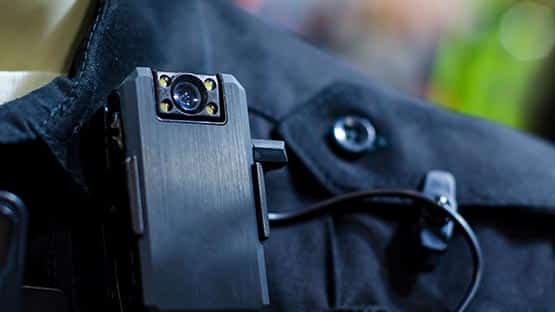
Recently spotted in Chesterfield County, the worms are becoming widespread across the state, according to a release from Virginia Farm Bureau.
Since 2019, they’ve been seen in Albemarle, Bedford, Chesterfield, Frederick, Goochland, Loudoun, Louisa, Montgomery, Northumberland, Prince William and Wise counties, as well as in the cities of Fairfax, Lynchburg and Virginia Beach, according to the Virginia Tech department of entomology.
“Mainly we hope that people are aware of these invasive worms and try their best to not spread them through potted plants or soil,” said Theresa Dellinger, Virginia Tech insect identification lab diagnostician.
Also known as Alabama jumpers, crazy worms, Jersey wrigglers and snake worms, they’re recognized by their erratic jumping and thrashing behavior when handled or disturbed.
Ranging from red to brownish purple in color, they’re identifiable by a smooth, milky-colored band of tissue that encircles the worm’s body. Measuring 3 to 6 inches long, they sometimes have a glossy, iridescent sheen but are not slimy to the touch.
While many worms are thought to be beneficial to the soil, the jumping worm is an exception. They feed on leaf litter and mulch at the soil’s surface, removing an important organic layer and changing the soil structure underneath —leaving it bare, with a uniformly dry, granular appearance resembling coffee grounds.
This leaf litter consumption also removes beneficial nutrients that plants need and changes the moisture level of the underlying soil—increasing the potential for erosion. Additionally, animals that live and feed on the leaf litter and topsoil may be affected by habitat loss.
Extension cautions people to be aware when sharing plants that may contain jumping worms and avoid introducing organic mulch or soil from outside sources unless it’s been heat-treated. Thoroughly clean items with soil on them, such as gardening tools and shoes, before going into another yard.
Additionally, worms sold as bait should never be released in the wild.
“It’s almost certain that some of these worms have been spread by people using them for fish bait too,” Dellinger noted. “And people buying worms online for composting should be aware that their purchase may actually contain a mix of worms, including jumping worms.”
For more information on prevention and to view images of jumping worms, visit bit.ly/3vdElts.
If you believe you’ve found jumping worms, take an up-close, clear photo or a video and report the finding to your local Extension office.










